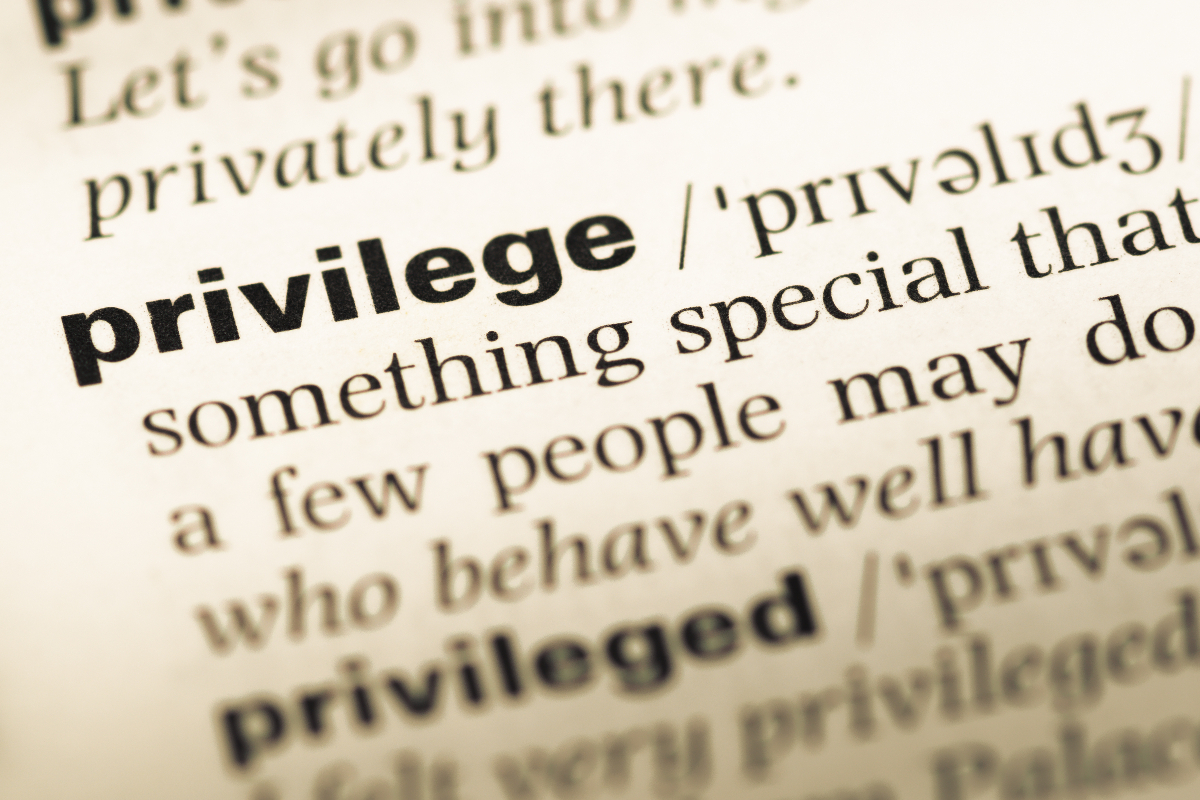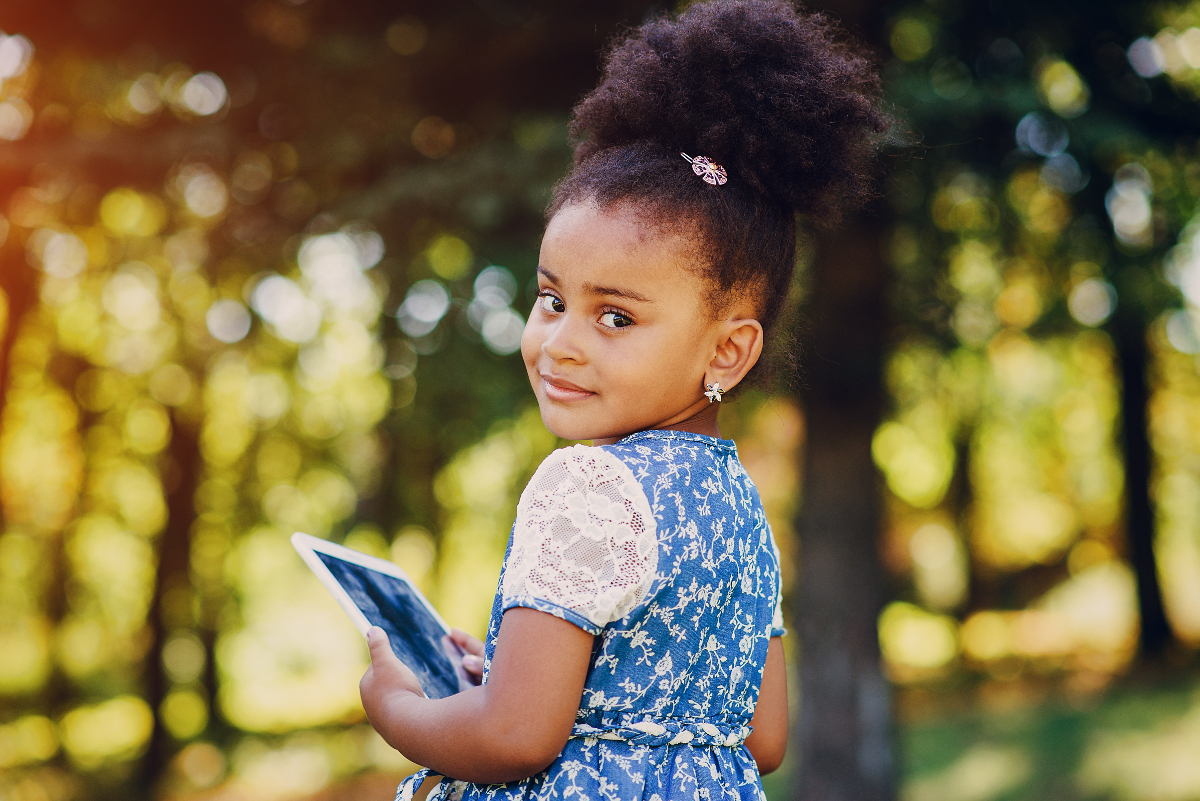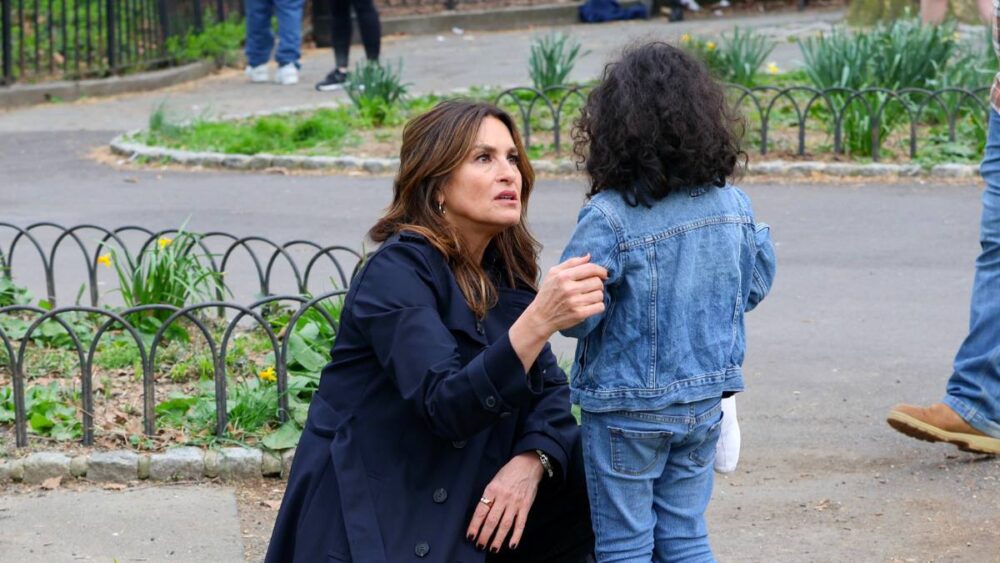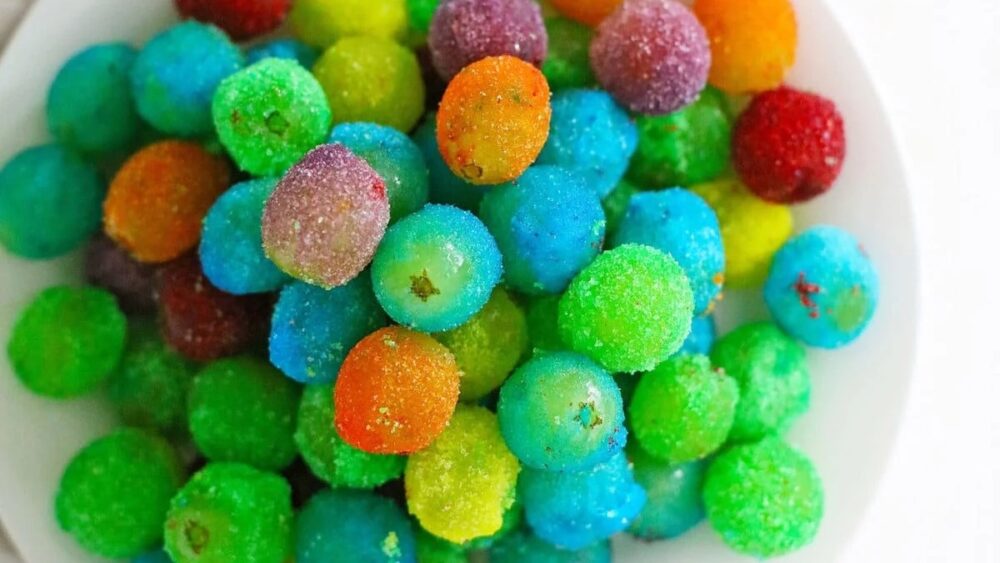How to talk to your kids about white privilege
- June 16, 2020 |Last updated on 02/03/2021
When police officer Derek Chauvin killed George Floyd in broad daylight, it forced many white people to confront the painful but necessary realization that racism is still alive and well in this country.
Floyd left behind five children, and perhaps one of the best ways white parents can honor his memory is by teaching our own children about the invisible, imperious grips of institutional racism and white privilege.
Yet teaching our kids about concepts like white privilege can be daunting. It’s not a concept that even adults can always grasp, so we might balk at confronting this topic with our children.
But here’s the thing: Black parents don’t have the luxury of not discussing white privilege with their children. Refusing to discuss white privilege with our children because it makes us uncomfortable is, in and of itself, a white privilege. Black parents have no choice but to educate their children about the very real existence of racism and how their skin color puts them at much greater risk for police violence, poverty, lower wages, inadequate schooling, harsher sentencing, wrongful convictions and shorter life spans.
Opting out of the conversation about white privilege is not a possibility for Black parents and their children. If white people want to be allies and anti-racism activists, then it must not be a possibility for us, either.
So, white parents, it’s time to start talking to kids about white privilege. In fact, it’s been time. So here are some tips to help us latecomers get started in the fight against racism.
What Is White Privilege?
First, look at our own understanding of the term white privilege. What exactly is white privilege?
Does it mean that white people never face poverty, police violence or hardship? No.
It does not mean white people haven’t suffered — but it does mean our skin color will never be a source of our suffering. As a story at Teaching Tolerance notes, “white privilege is not the assumption that everything a white person has accomplished is unearned; most white people who have reached a high level of success worked extremely hard to get there. Instead, white privilege should be viewed as a built-in advantage, separate from one’s level of income or effort.”
Anti-racism activist Peggy McIntosh uses the analogy of an “invisible knapsack” to talk about white privilege, and it can be a helpful way to conceptualize this idea for kids. In our backpack of white privilege, we have many assets we may not even realize we have, including:
- Media representation
- Freedom to shop without being followed
- Freedom to wear our hair naturally at school and work
- Access to healthcare
- Protection from the police
- Easy access to healthy foods at a nearby grocery store
- Adequate schooling, including teachers who will look like us and our families, and won’t have prejudiced assumptions against our children based on their skin color
- Clean water
- Access to green spaces
Use A Visual Aid Kids Can Understand
How can you explain these huge concepts to your kids? Using a visual aid might help.
Get two backpacks. Fill one with snacks, books, coloring pencils, paper, a flashlight, a bottle of water and maybe even a stuffed animal or blankie. Leave the other backpack empty. Explain to your children that a white person in this country begins life with the filled backpack. Even if they are born with less money than other white people, they are born with this backpack. (In McIntosh’s analogy, this backpack is invisible, but it is real and unassailable.)
But Black people — even Black people born with wealth — are not given the same backpack. Their backpack is empty. They have the same journey and environment as the white people around them, but they are not given a set of premade tools and secret codes to help them navigate the landscape.
This comic by Swedish artist Emanu Satir may help to further explain the idea of white privilege to kids in a more visual way. The comic shows a white man and a Black woman at the start of a race. There are two small hurdles in front of the white man, while the Black woman faces a series of serious obstacles, including land mines and an alligator.
The caption says, ironically, “But the goal is equally far away from both of us!”
Watch For Daily Teachable Moments
Parenting expert and licensed educational psychologist Reena B. Patel also suggests that we keep on the lookout for teachable moments as we go about our daily lives. For example, when shopping in the beauty aisle, we might point out the plethora of white hair care products, whereas Black hair care products are often shoved into one small corner, and just a few options are available.
We can explain how Black people also struggle to find hairstylists who are willing and able to cut and style their hair, or we can talk about Black children have been suspended or sent home from school simply for wearing their hair naturally.
Decolonize Our Kids’ Toy Chest And Bookshelves
While there are many children’s books that can help us talk about anti-racism, Patel also suggests that we actively work to bring a diverse selection of media and toys into our homes.
“Be mindful of the toys and books you have,” Patel said via email. “Are there black superheroes, doctors, and civil rights topics in your reading library? What shows are you watching? Are you having a conversation about stereotypes that are being portrayed?”
At What Age Should I Talk to Kids About Racism?
You might wonder when your children are old enough to begin having these conversations. Much earlier than you might think, said one expert.
“As early as 3 years old, kids are starting to categorize people by race, gender and other categories. This is the time to act and explain things like melanin in the skin, and why people are different colors, depending on the country of origin (to protect them from the sun),” board-certified adult and child psychiatrist Dr. Lea Lis wrote via email.
Lis said that while explaining racism and white privilege to kids, we can also celebrate and underline our shared humanity.
“Ninety-nine-point-nine percent of the DNA in all humans is the same. We are all the same on the inside, and therefore all equal,” she said.
Along with watching shows featuring Black protagonists and reading books by Black authors with a diverse array of characters, Lis also recommends building relationships with Black people in our own communities and becoming a positive instrument for change in the fight against racism.
“Just like a man can be a feminist, a white person can be an anti-racist,” Lis said. “This means you can advocate for social injustice. Talk about that with your kids. Talk about role models like Martin Luther King Jr. and Rosa Parks. If they have social media accounts, follow Black activists, athletes and other mentors. You can also write letters as a family to your local congressman to support Black initiatives, such as adopting a racial impact statement.”
We might also consider adding multicultural holidays such as Juneteenth to our families’ important days for celebrations. Celebrated on June 19, this holiday commemorates the historical reading of the Emancipation Proclamation to enslaved African Americans. Twitter and Square just made the decision to turn this into a company-wide holiday, and we can help memorialize this landmark day in our own families by supporting local Juneteenth events or starting our own at home.
More Resources For Talking to Kids About White Privilege
Racial-justice educator, lawyer and author Rachel Ricketts has helpful resources for parents and anyone looking to learn more about anti-racism, including blog posts and online courses.
And, parents, if we want to confront our own implicit biases against people of color, take the Harvard Bias Study; click on the quiz labeled Race IAT, which stands for Implicit Association Test. It can be unpleasant to confront our own subconscious prejudices, but if we are not willing to do this work as parents, we can’t lead our children in creating a future of peace and equality for all.
The Checklist for Allies Against Racism by Dr. John Raible is another great way to help us continue to deepen our conversation about white privilege with our kids. We can hang it on our fridge as a visual reminder that could help spark conversations with our kids around the dinner table.
Finally, be sure to read all of the seminal essay on white privilege and the invisible knapsack by Peggy McIntosh (written in 1989) to help us better grasp the true depth and purpose of the term, including 50 benefits of white privilege that we may not even realize white people enjoy every single day.
If we believe Black lives matter, it’s not just enough to say those words. We have to be active agents for change who are willing to work unstintingly as allies in the fight against racism. As white parents, we have incredible privilege, as do our children, and together, we can use that privilege to help turn our nation into a place where kids of all skin colors feel safe and loved.











